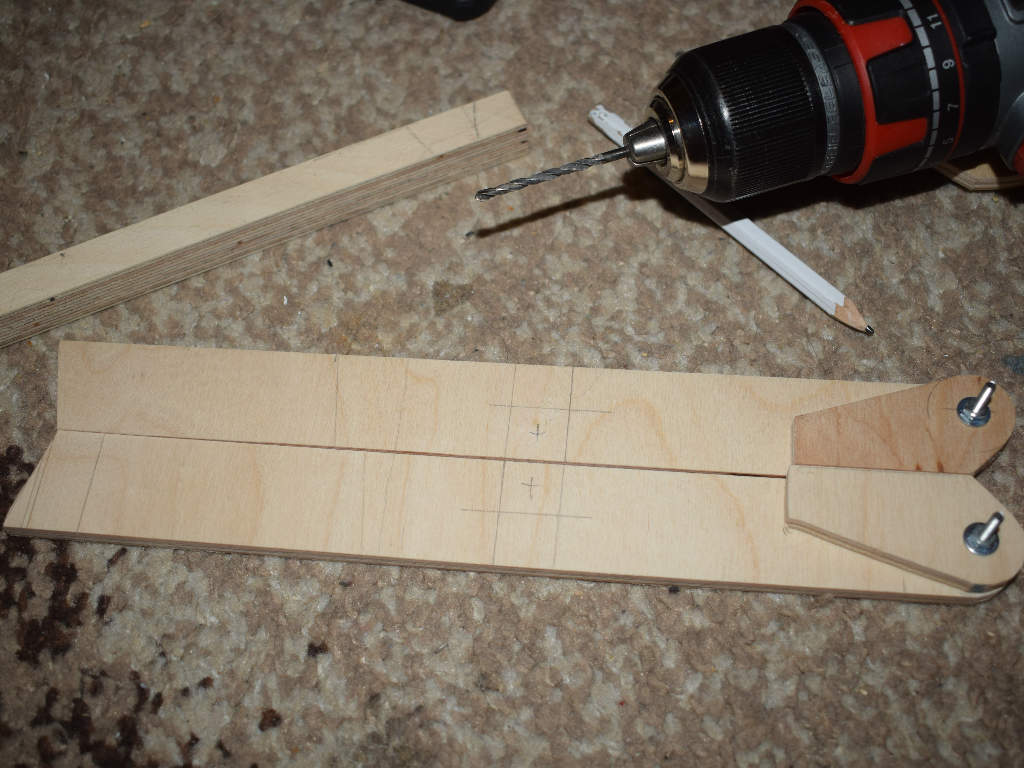Miter saws are essential tools in woodworking and carpentry, celebrated for their precision and versatility. Whether you’re a seasoned professional or a DIY enthusiast, understanding the capabilities of a miter saw can greatly enhance your projects. This article explores the key features of miter saws, answers common questions, and highlights their applications, including in projects involving geotextile materials.

What is a Miter Saw and How Does It Work?
A miter saw is a power tool designed for making precise crosscuts and miter cuts. It works by bringing a mounted blade down onto a workpiece held against a fence. The blade can pivot for angled cuts and tilt for bevel cuts in some models. This tool is indispensable for achieving clean, precise cuts quickly.
Types of Miter Saws
Miter saws come in three main types:
- Standard Miter Saw: Ideal for basic crosscuts and angled cuts.
- Compound Miter Saw: Adds the ability to tilt the blade for bevel cuts.
- Sliding Compound Miter Saw: Features a sliding mechanism to cut wider workpieces, offering versatility and precision.
Each type serves different needs, with the sliding compound miter saw being the most versatile.
Key Considerations When Choosing a Miter Saw
When selecting a miter saw, consider these factors:
- Blade Size: Larger blades (e.g., 10-12 inches) can cut through thicker materials.
- Power Output: Higher amps mean more power to cut through tougher materials.
- Precision Features: Look for laser guides, adjustable fences, and positive stops.
- Safety Features: Ensure the saw includes blade guards, electric brakes, and secure locking mechanisms.
These considerations will help you choose the right miter saw for your specific projects.
Maintaining Your Miter Saw for Longevity
Proper maintenance is essential for keeping your miter saw in optimal condition:
- Regular Cleaning: Remove sawdust and debris after each use.
- Blade Maintenance: Regularly inspect the blade for wear and replace it when necessary.
- Lubrication: Keep moving parts lubricated for smooth operation.
- Safety Checks: Ensure all safety features are functioning properly.
Following these maintenance tips will prolong the life and performance of your miter saw.
A miter saw is a valuable tool for precise cutting in woodworking and carpentry. Understanding its types, features, and maintenance requirements will help you make the most of it. Whether working with wood or geotextile materials in construction, a well-chosen and maintained miter saw will enhance your accuracy and productivity.
Tags: can a miter saw cut metal, dws780 miter saw, miter saw types, ryobi 10in miter saw, walmart miter saw